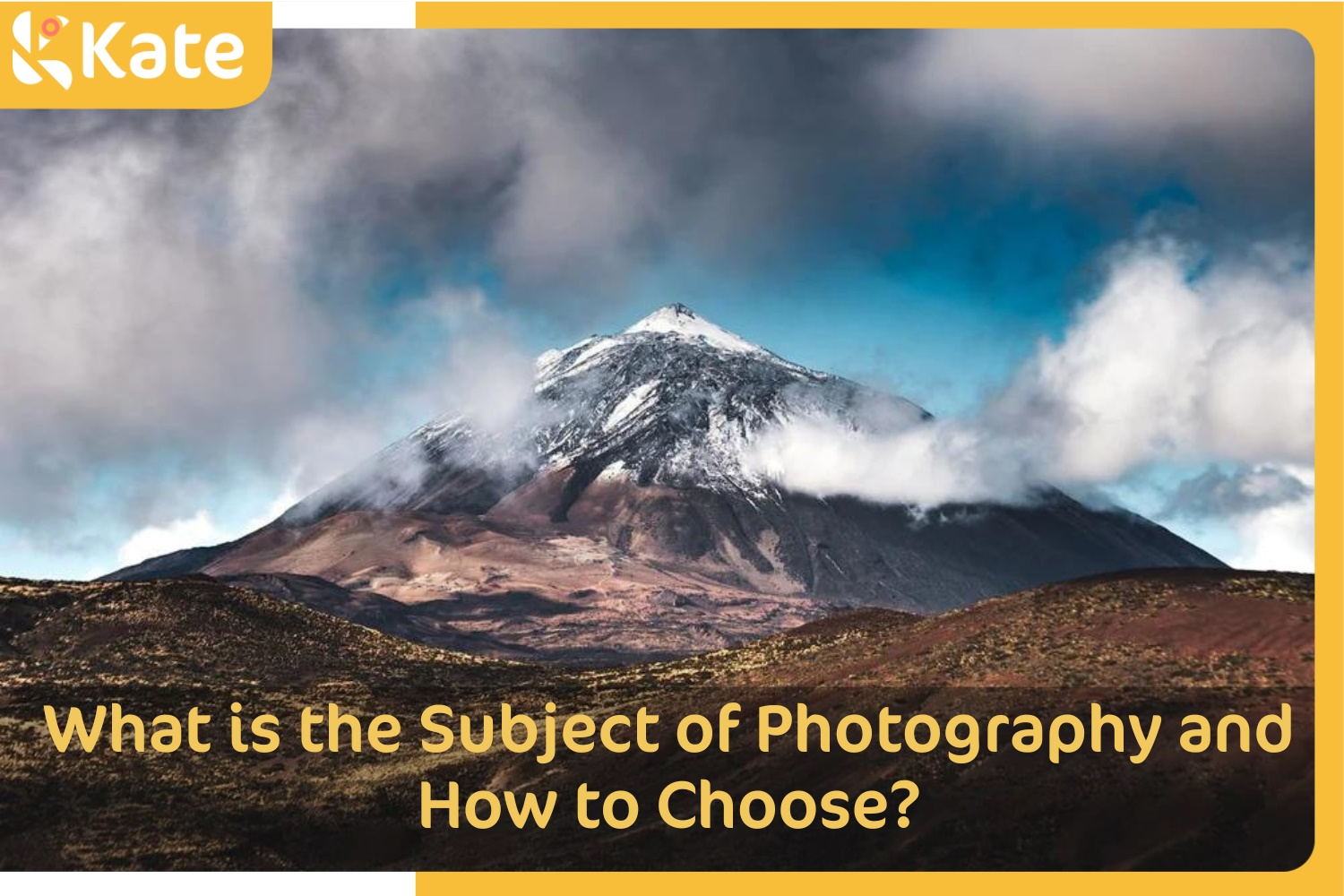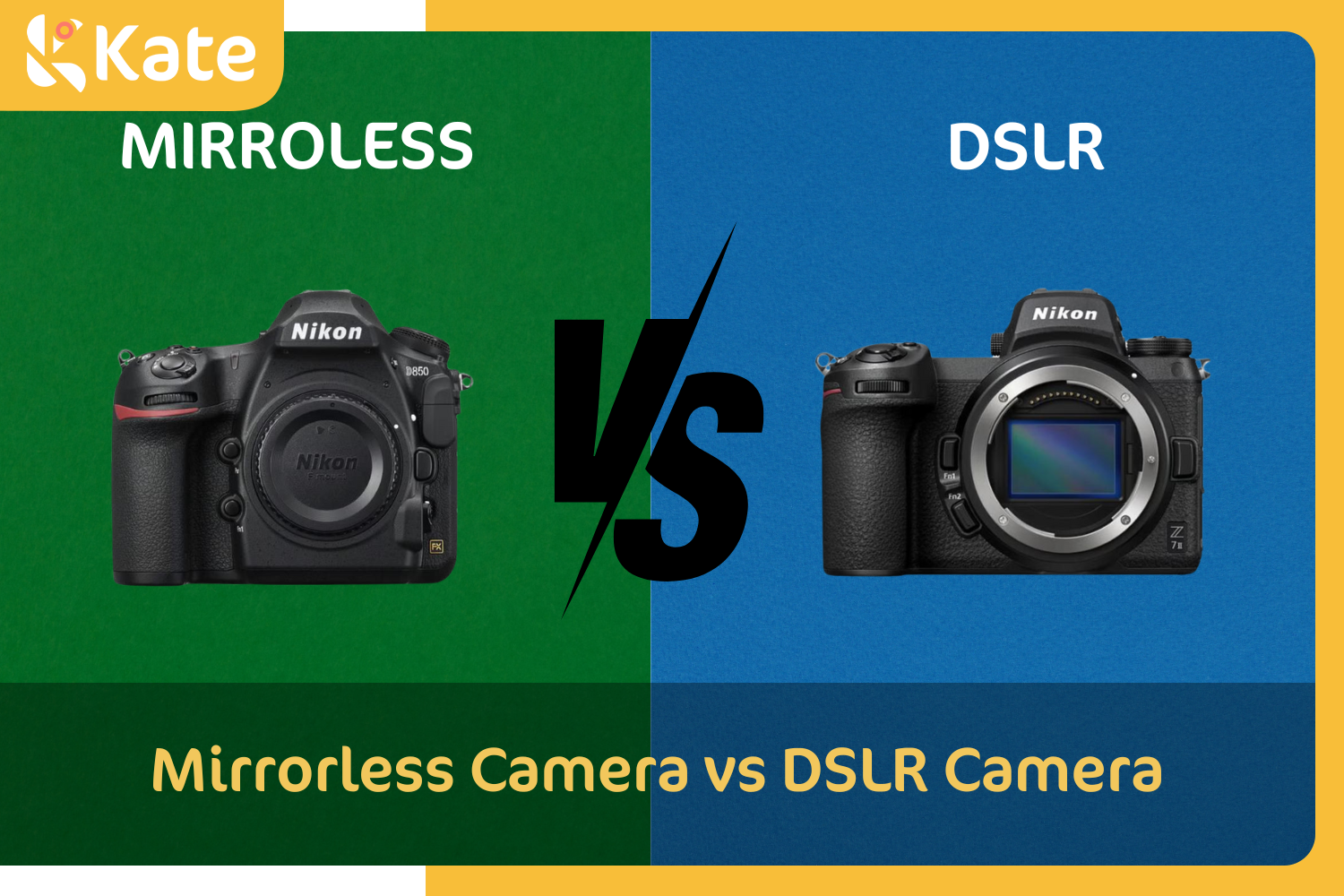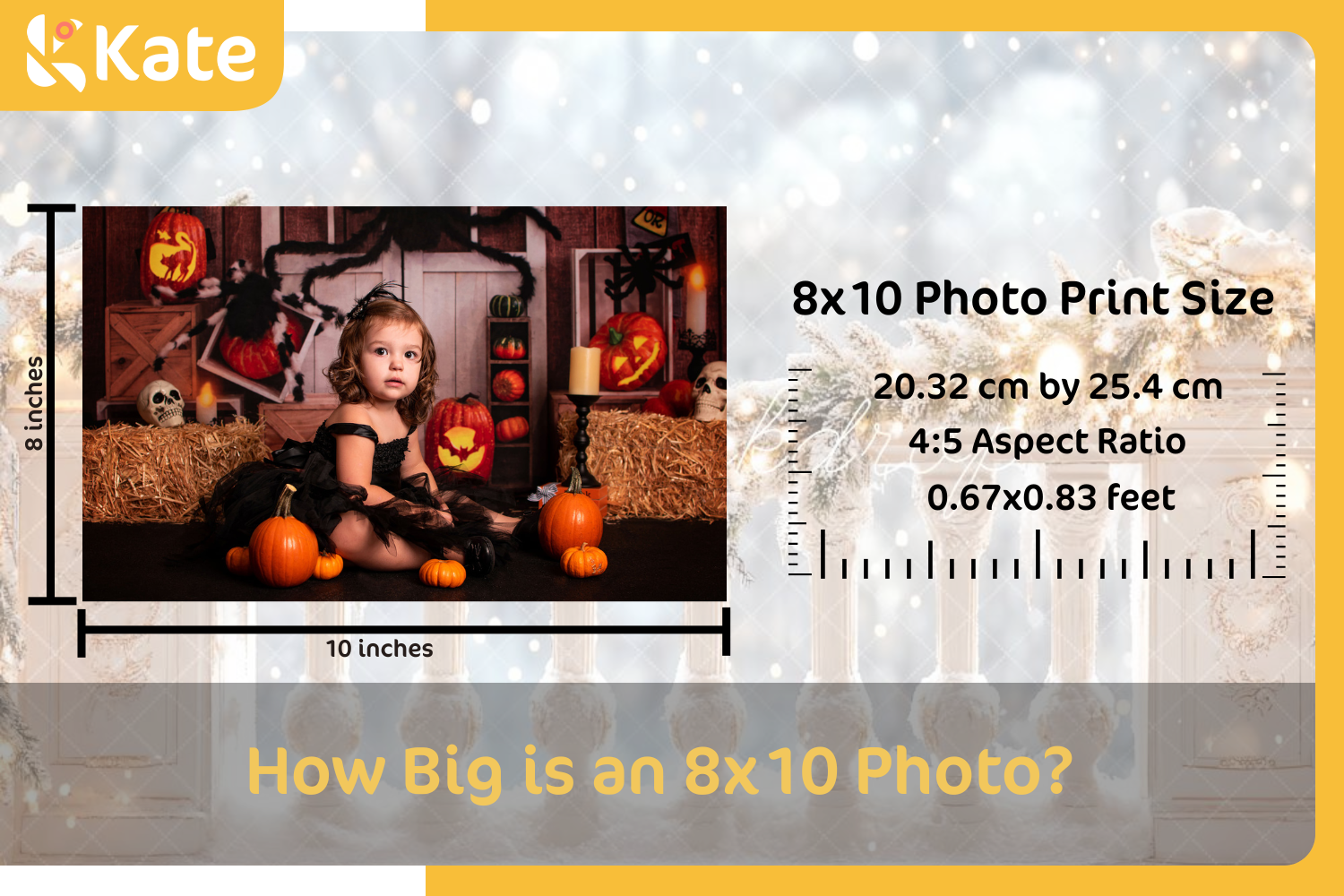What is the Subject of Photography and How to Choose?

In photography, a question often asked is, "What is the subject of photography?" The answer to this question can be difficult to determine, as there are a lot of different aspects to consider.
If you would like to learn more about what the subject of photography is and how to choose a subject that is right for you, keep reading.
What Is the Subject of Photography?
When discussing the subject of photography, it is important to understand the difference between a subject and an object.
The subject of a photo is the main focus of the image and is what the photo is about. The object is simply what is being photographed and is not the image's main focus.
Take this photography example of an old building in the middle with some trees behind it and a few cars parked on the side. The subject here would be the old building, while the objects would be the trees, cars, and the ground.
It is important to note that the subject does not have to be the only thing in the photo, but it should be the most important element.

Kate Fall Fallen Leaves Backdrop Outside The Window for Photography
An easy way to think about it is that objects are things you can see while subjects cover a lot more ground. The thing they have in common, whether a real-life scene or imaginary scenery like cityscapes (or even people.), is how much emotion goes into them both aesthetically and storywise.
How to Choose the Subject for Your Photography?
Now that you know what the subject of photography is, you may be wondering how to choose a subject for your own photography.
Here are a few tips:
1. Consider the Type of Photography You Want to Do
The type of photography you want to do will affect the kind of subject you choose. For instance, if you want to do landscape photography, you'll likely choose a different subject than if you wanted to do portrait photography.
It is therefore very important to consider the type of photography you want to do before choosing your subject.
2. Pick a Subject That You Are Passionate About
As we mentioned before, choosing a subject you are passionate about is important. If you are not passionate about your subject, your photos will likely reflect that lack of passion.

Photo by Nicolas J Leclercq on Unsplash
When you are passionate about something, it shows in your photos and in return, makes your photos more interesting to others.
3. Draw Inspiration From Other Photographers
One great way to find inspiration for your photography is to look at the work of other photographers. See what subjects they are photographing, and see if there is anything that you can borrow from their style.
Keep in mind, however, that you should always put your own spin on things and not simply copy someone else's work.
4. Working With Predetermined Subjects
Sometimes, you have to work with predetermined subjects. This could be anything from photographing a specific type of object to shooting in a specific location. By working with predetermined subjects, you can help narrow down your focus and make getting the photos you want easier.
5. Don't Be Afraid to Experiment
One of the great things about photography is that there are no rules. You can experiment with different subjects and see what works best for you. So don't be afraid to try something new and see what results you can get.
How to Emphasize the Subject and Tell the Story?
1. Placement

Placement is the act of positioning the subject in the frame. This can be done in a number of ways, such as using the rule of thirds or placing the subject off-center. By carefully placing the subject, you can emphasize it, make it the focus of the photo, and tell the story you want.
2. Perspective
Perspective is the way that you view the subject. By using a different perspective, you can make the subject stand out more. For example, you could shoot from a low angle to make the subject appear larger than it actually is.
Perspective is important because it allows you to control how the viewer sees the subject. By using the right perspective, you can make the subject the focus of the photo.
3. Lighting
Lighting is one of the most important elements in photography. It can be used to create different effects and make the subject stand out more.
For example, you could use backlighting to make the subject appear to be glowing. You could also use side lighting to create a sense of depth. Using light effectively can help emphasize the subject and tell the story you want to tell.
4. Develop an Eye for Interesting Subjects
This means finding visually interesting subjects that will capture the viewer's attention.

One way to do this is to look for symmetry, patterns, and contrast. Symmetry and patterns can be visually appealing, and contrast can help make the subject stand out.
Another way to find interesting subjects is to look for stories that need to be told. This could be anything from an underdog story to a human interest story. By finding these stories, you can help emphasize the importance of the subject.
Finally, you can also look for subjects that are personal to you. These are the subjects that you are passionate about and that you have a connection to. By shooting these subjects, you can help create photos that are more meaningful and personal.
By practicing developing an eye for interesting subjects, you can learn how to emphasize the subject and tell the story in your photography.
5. Use Leading Lines

Photo by Anthony DELANOIX on Unsplash
Leading lines is a technique where you use lines in your photos to lead the viewer's eye toward the subject. This is a great way to emphasize the subject and make it the photo's focus.
To use this technique, look for lines in the scene that you can use to lead the eye toward the subject. These lines can be anything from a road or path to a fence or line of trees.
Once you have found the lines, position yourself so that they lead into the photo and toward the subject. This will help draw the viewer's attention to the subject and help tell the story that you want to tell.
6. Use Negative Space
Negative space is the area around the subject. By using negative space effectively, you can make the subject stand out more.
This is because the negative space will draw the viewer's eye toward the subject. You can use negative space to create a sense of depth or to make the subject appear to pop out of the photo.

Kate Old Master Abstract Texture Light Brown Backdrop for Photography
When used effectively, negative space can help you emphasize the subject and tell the story that you want to tell.
7. Use Framing
Framing is a technique where you use elements in the photo to frame the subject. This helps emphasize the subject and make it the focus of the photo.
For example, you could use a window or door frame to frame the subject. This would help create depth and dimension in the photo and draw the viewer's eye toward the subject.
Conclusion
To sum it up, subject photography is about choosing the right subject and then using techniques to emphasize the subject and tell the story.
By following these tips, you can improve your subject photography and create stunning photos that will capture the viewer's attention. Thank you for reading.
If you like this article, please share it! Be sure to join our FB Group: https://www.facebook.com/groups/Katebackdrops/ to share your ideas! You can also receive free articles, updates as well as discounts information from https://www.katebackdrop.com/ and our FB Group.














 Valentine's Day2025🌹
Valentine's Day2025🌹



